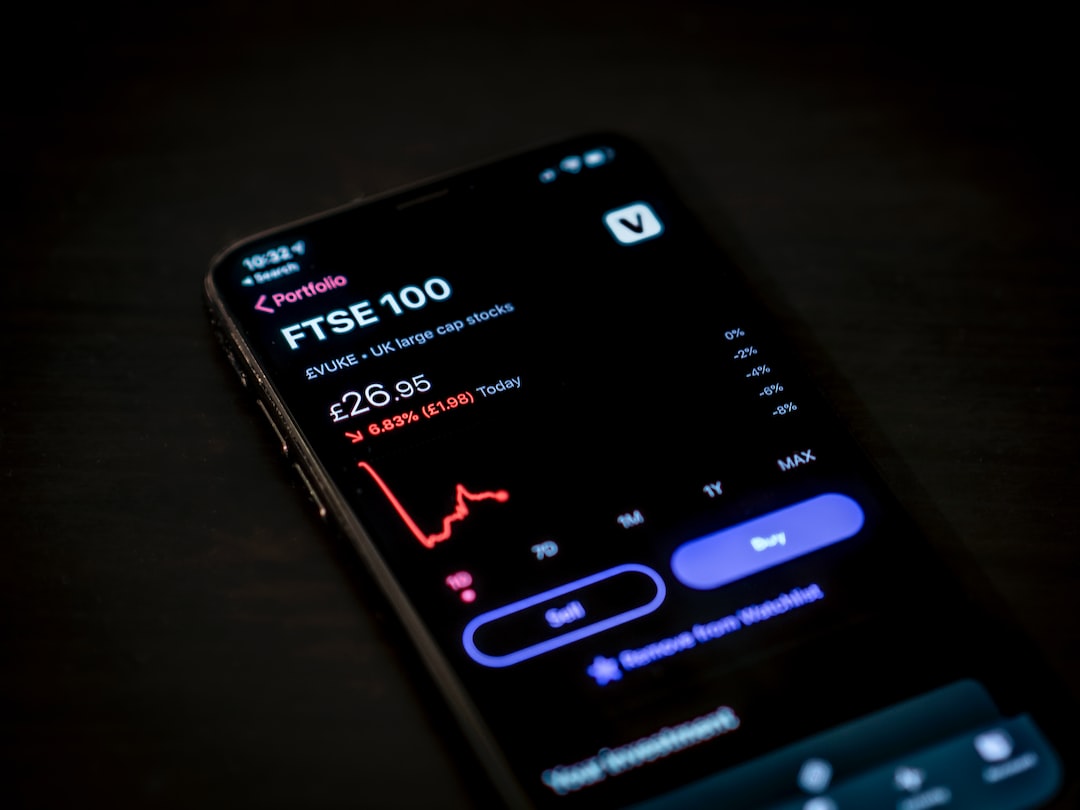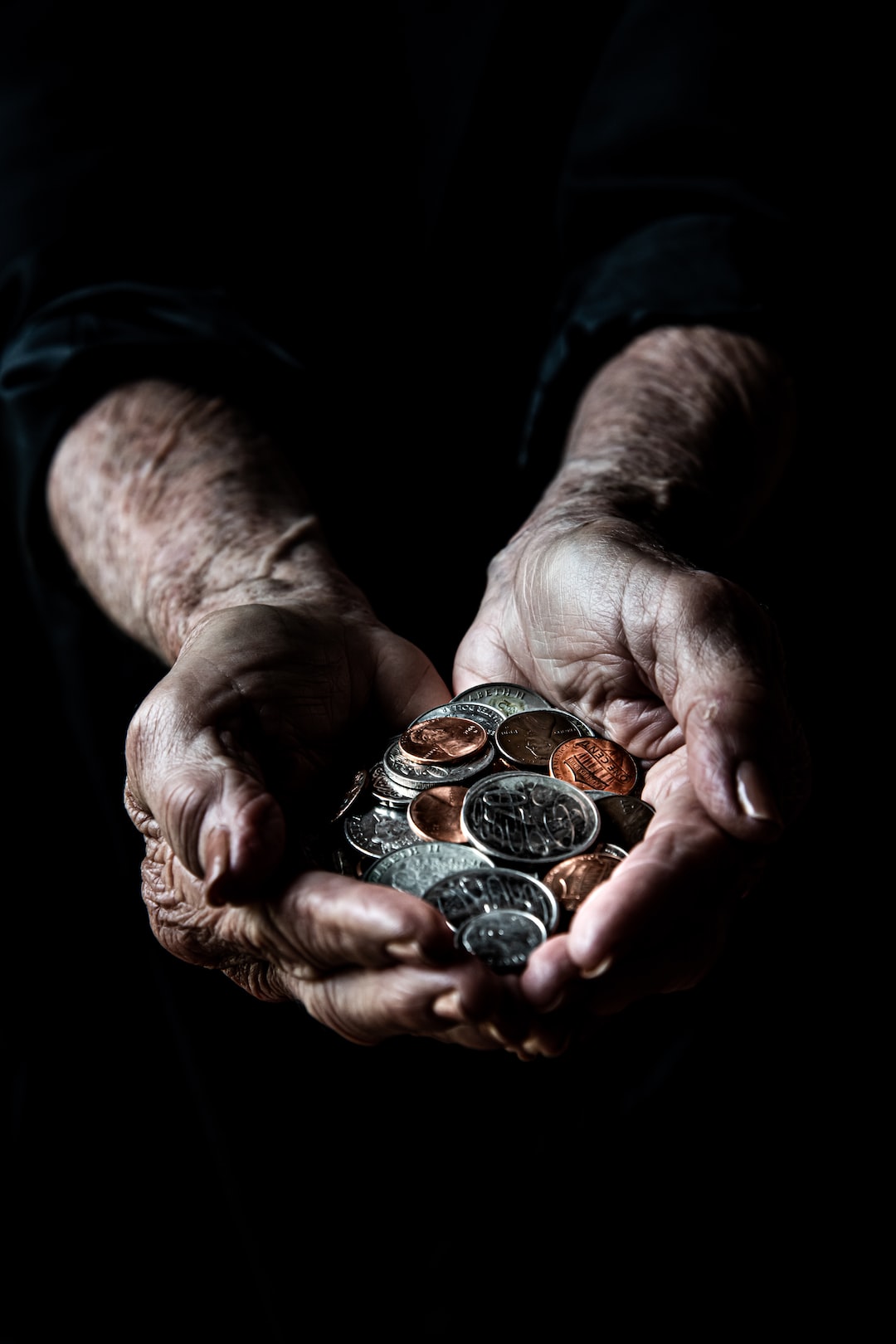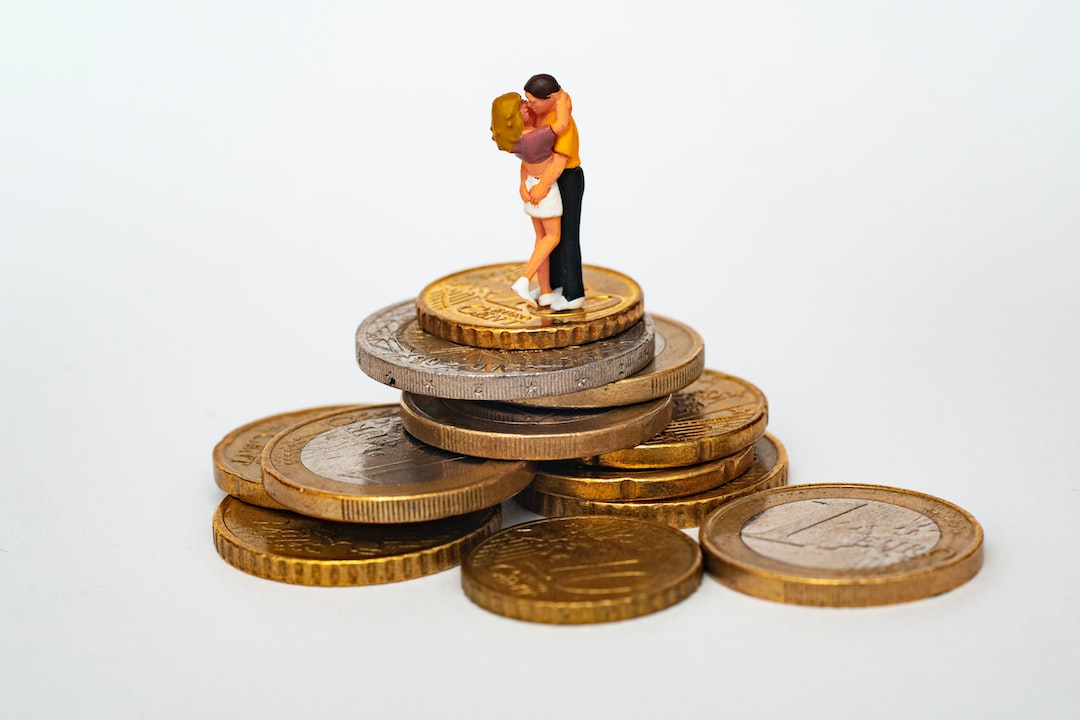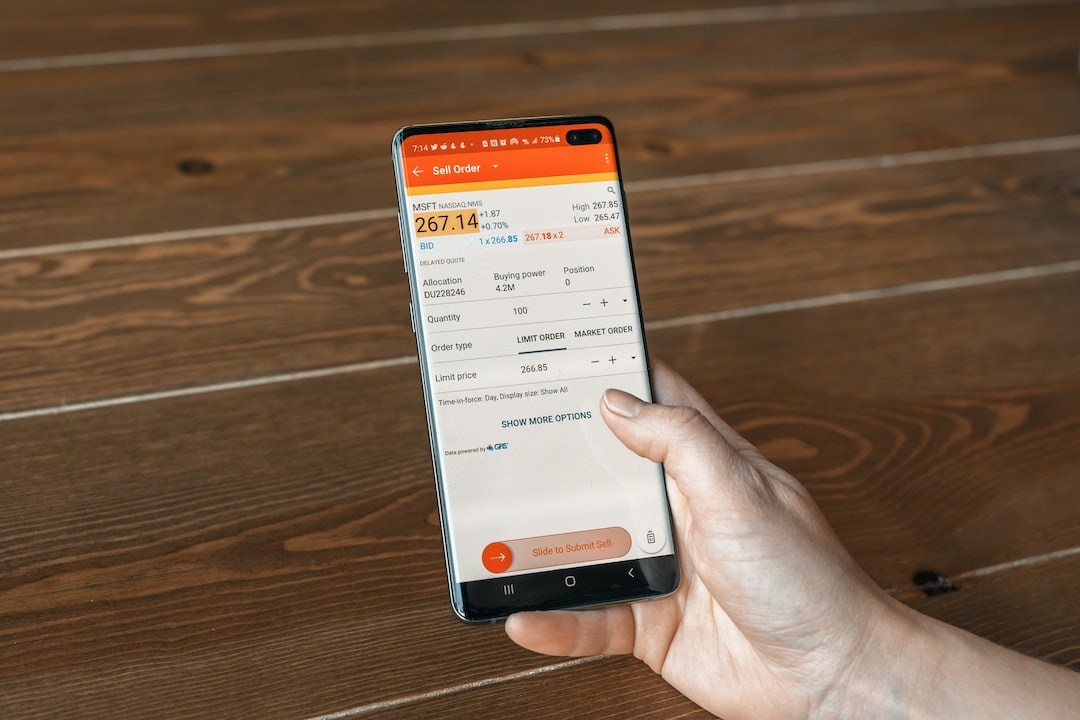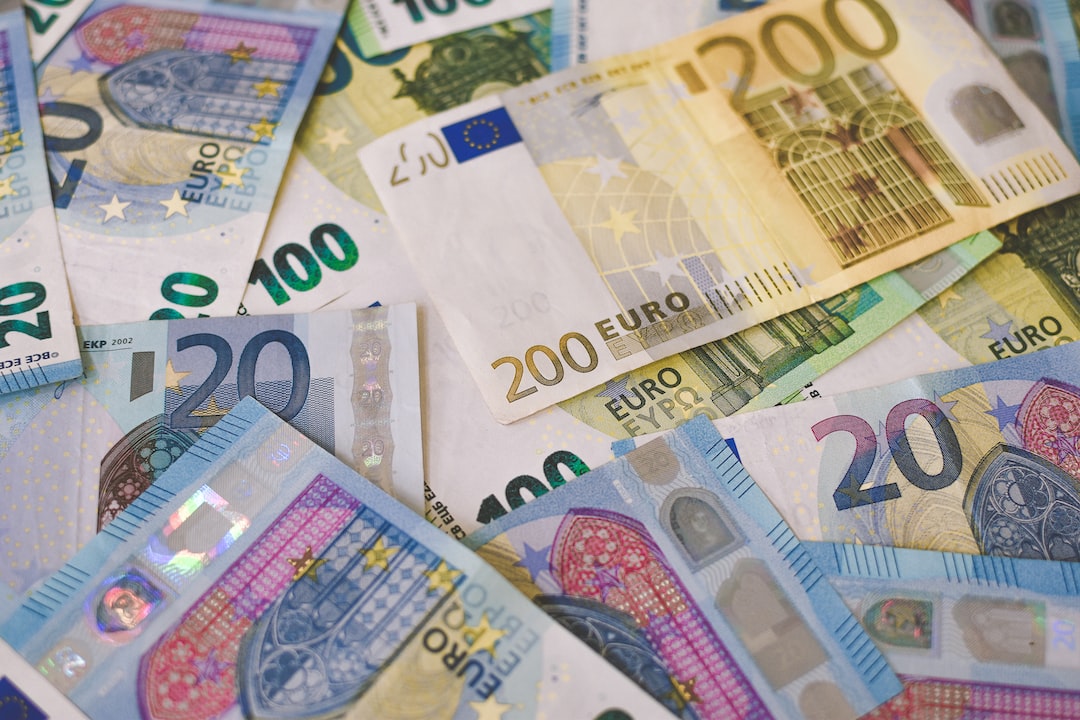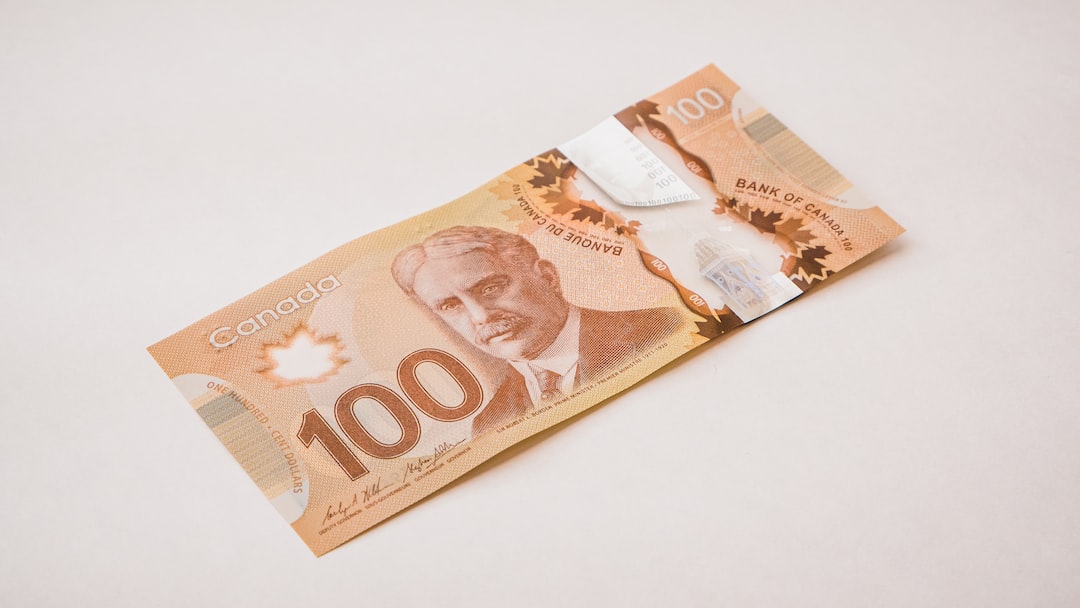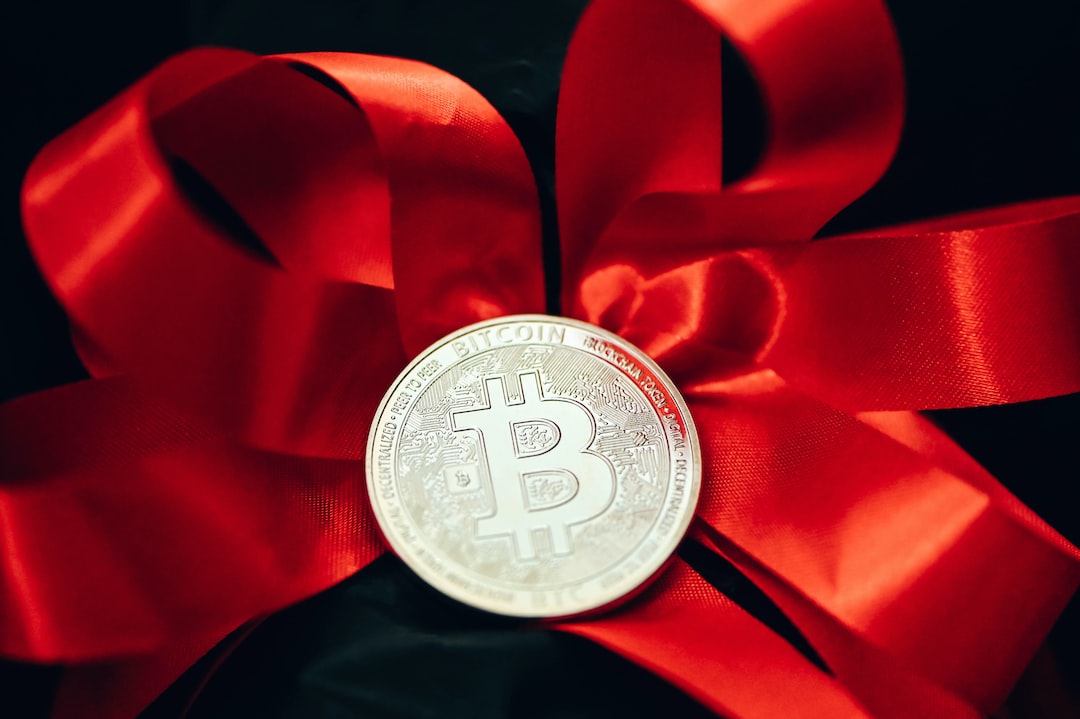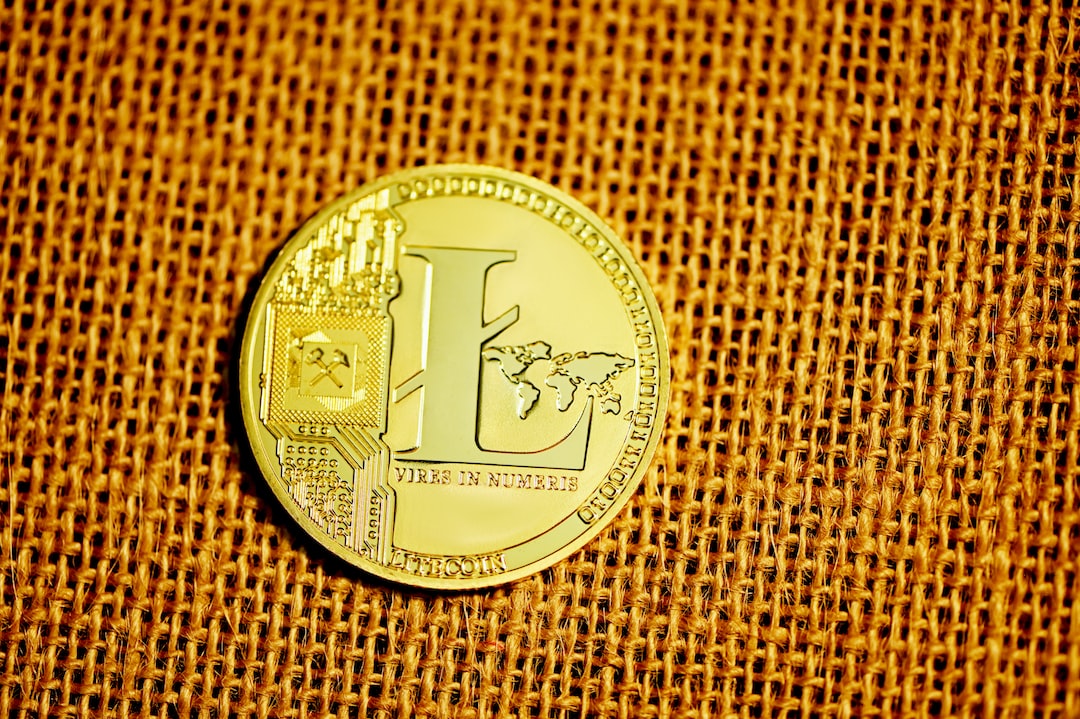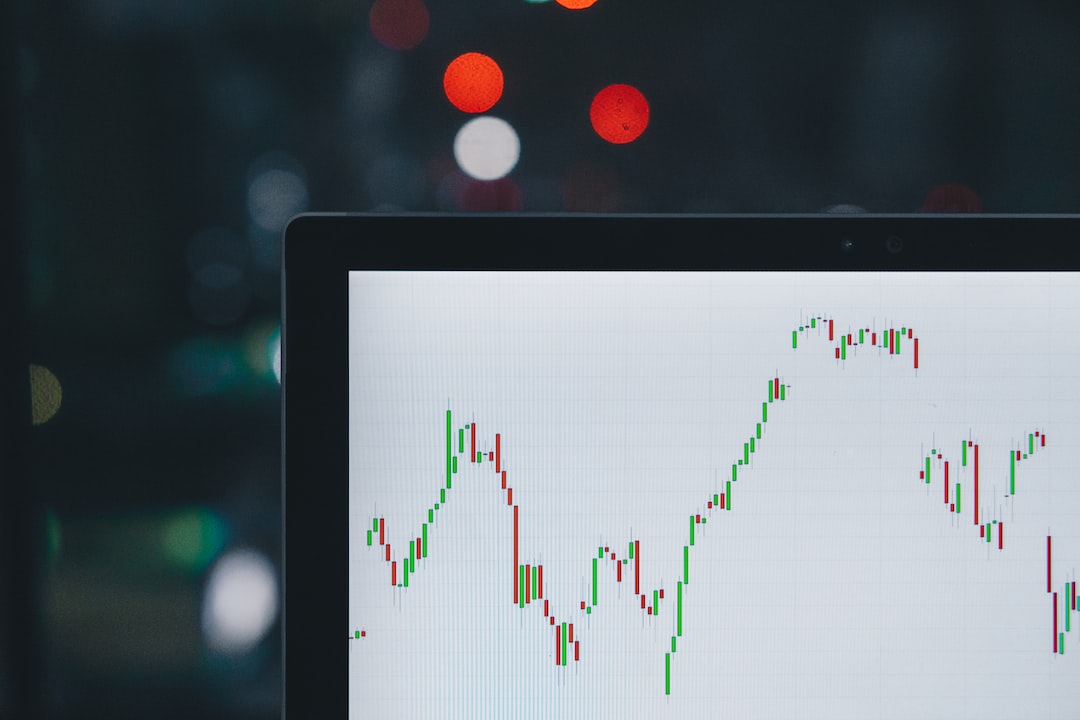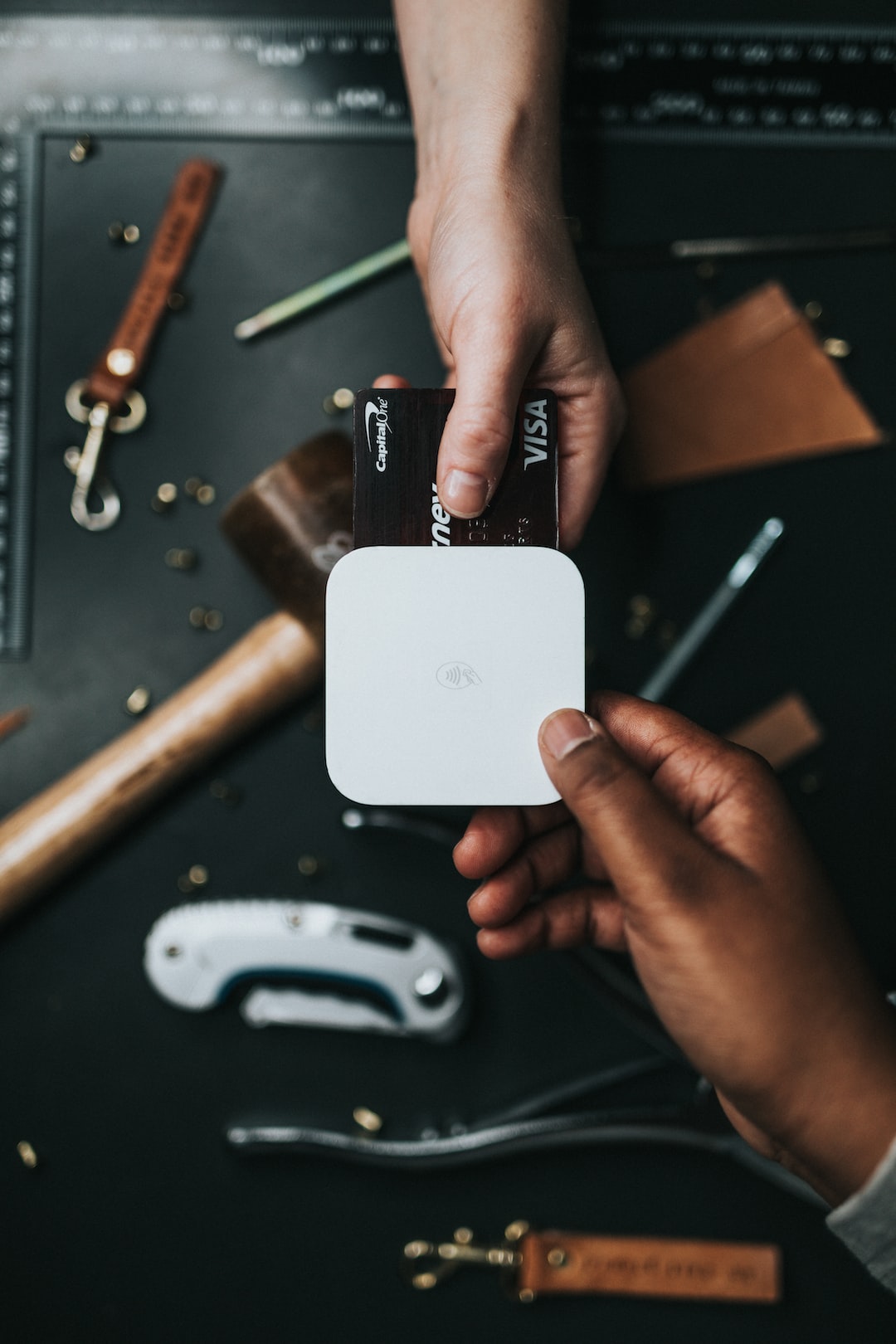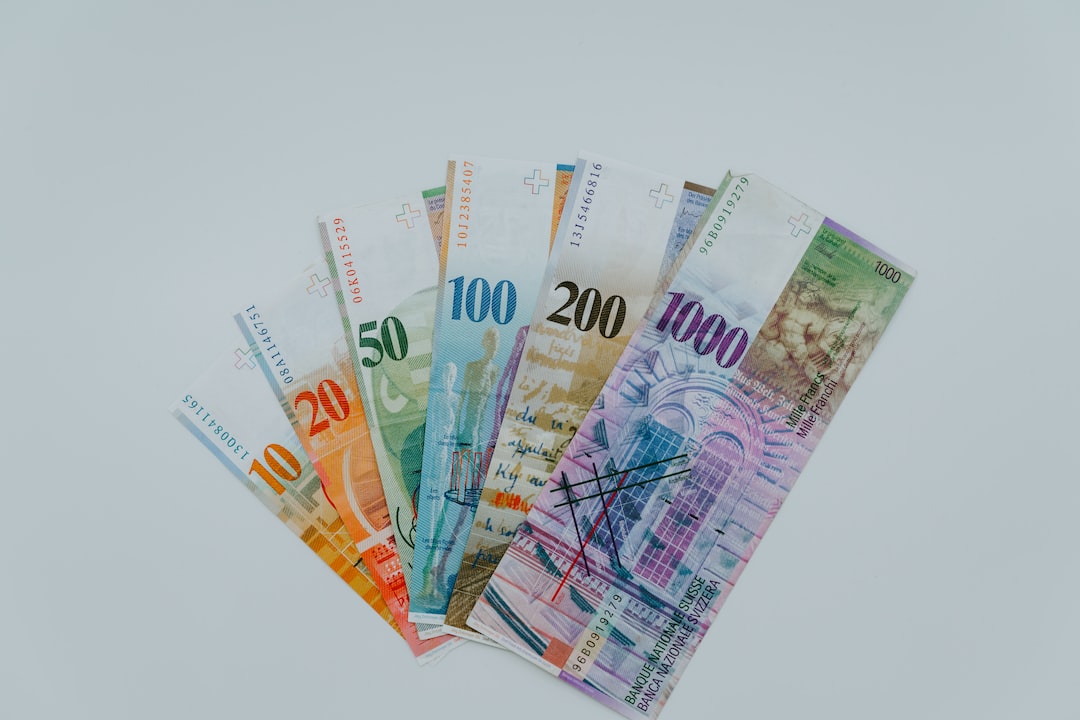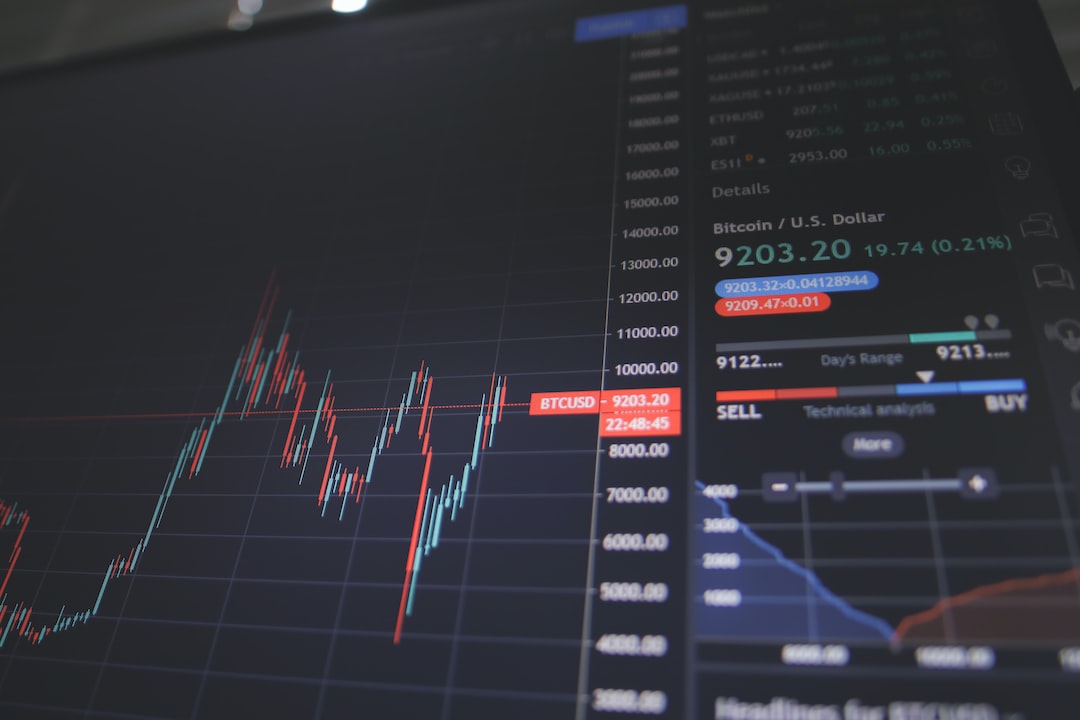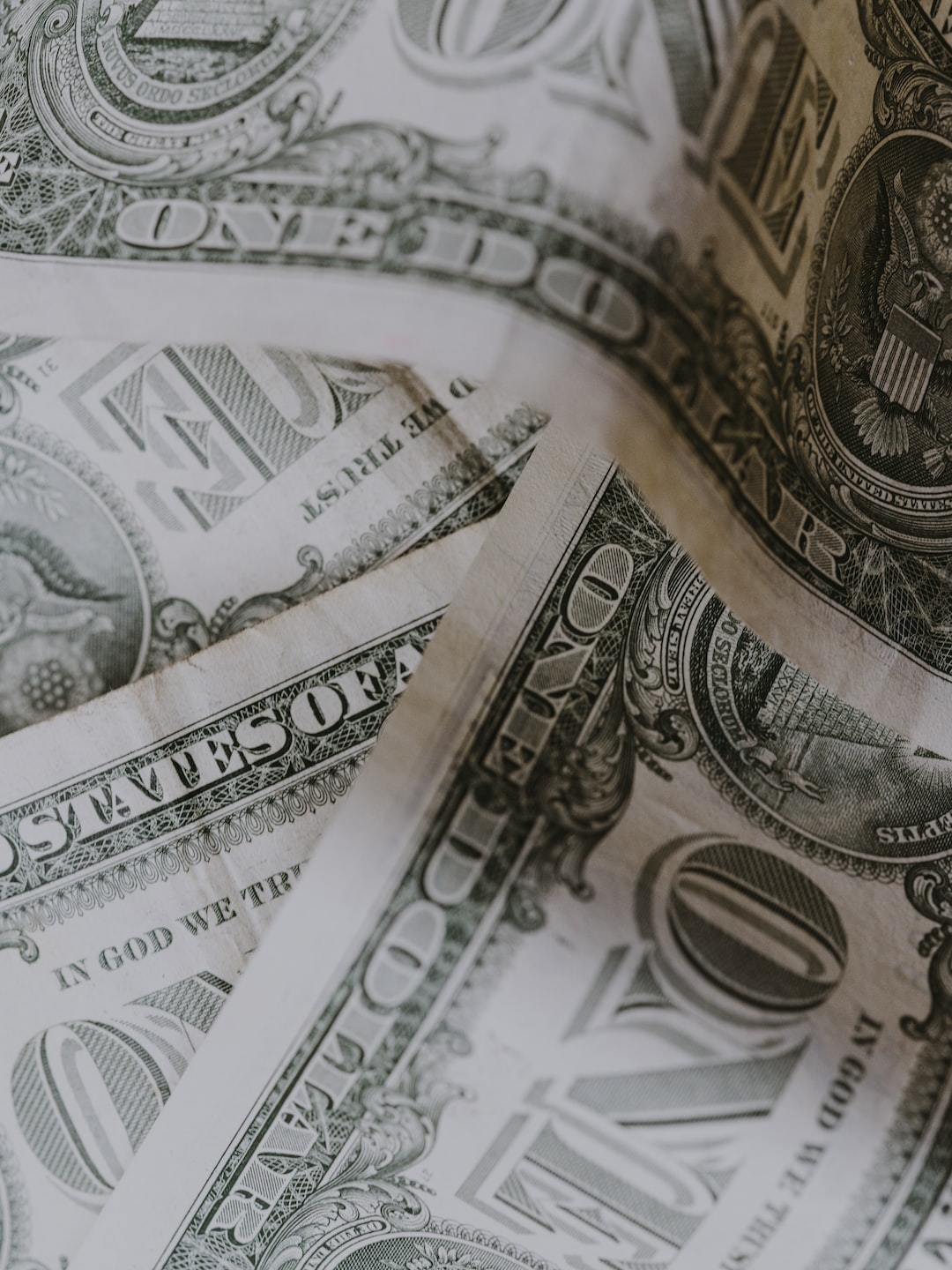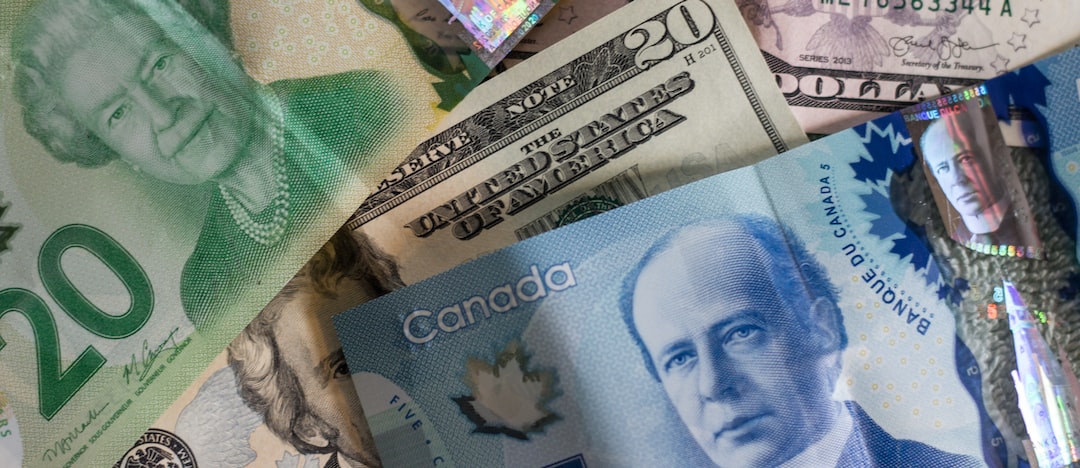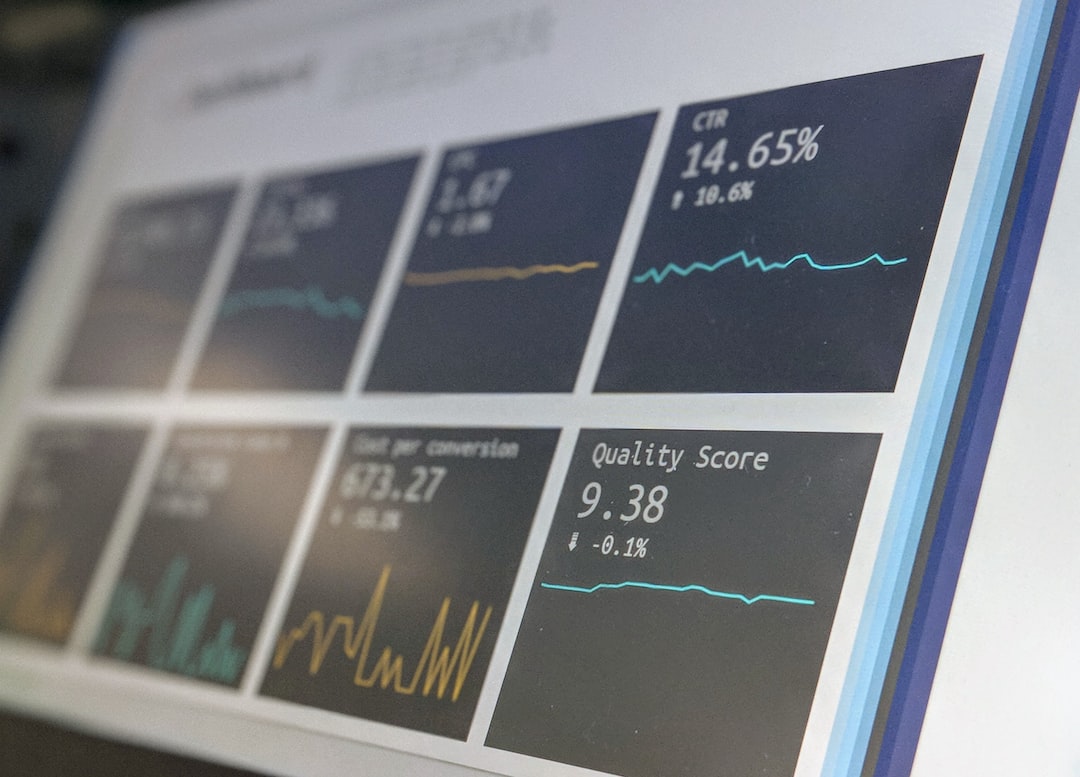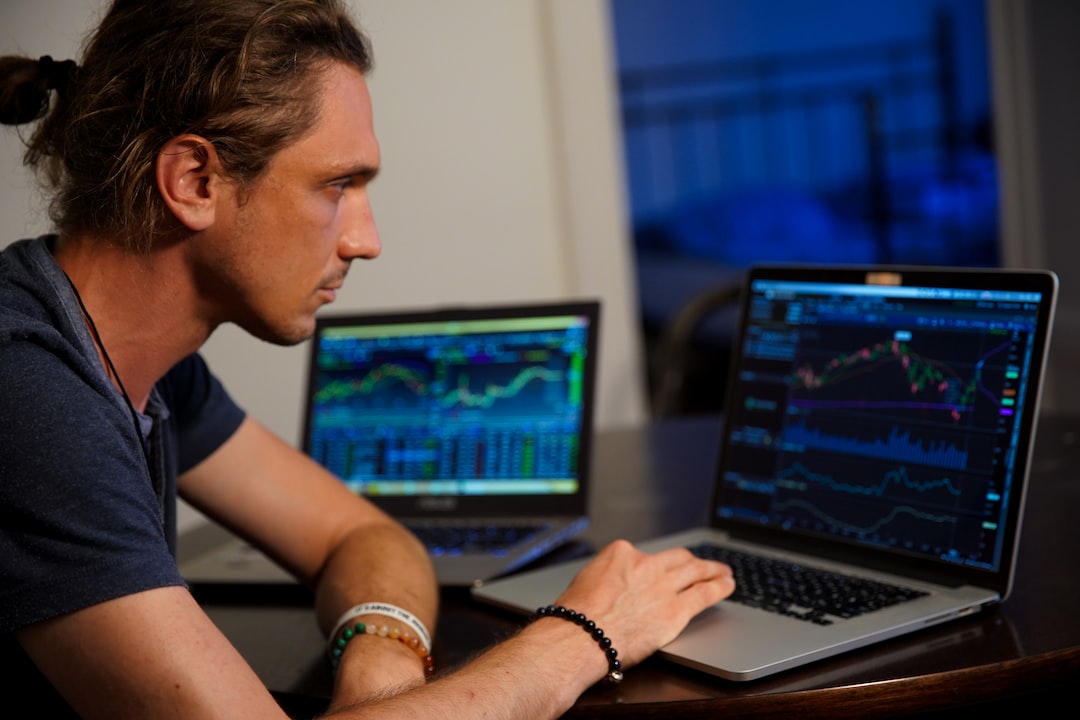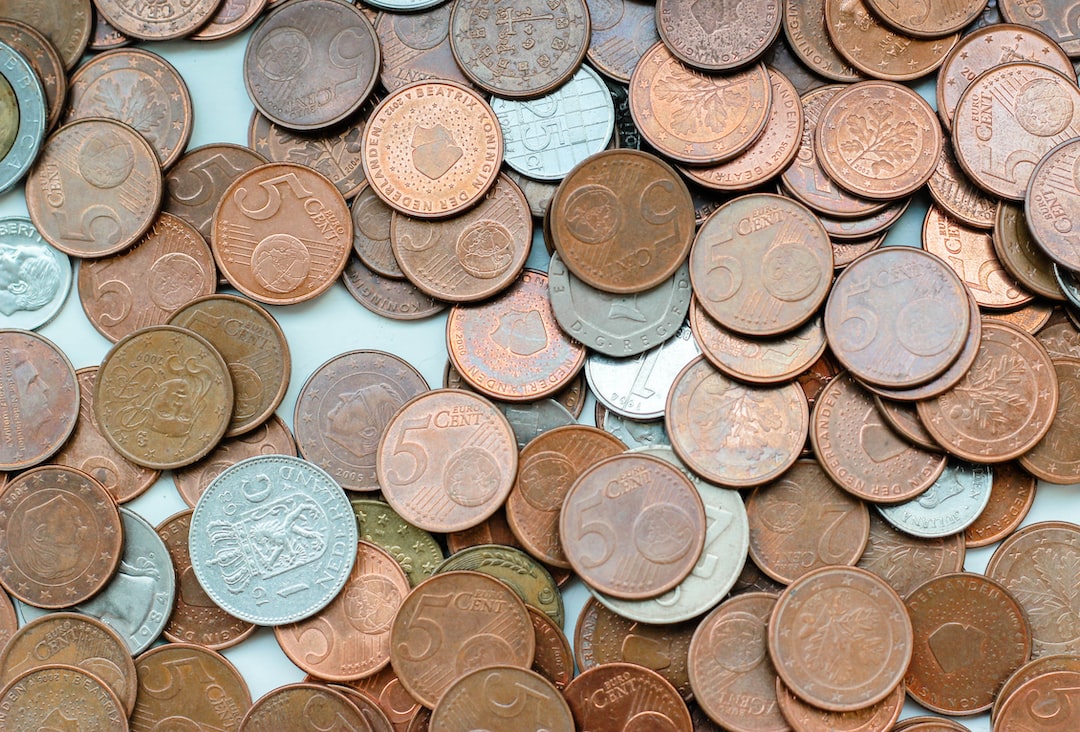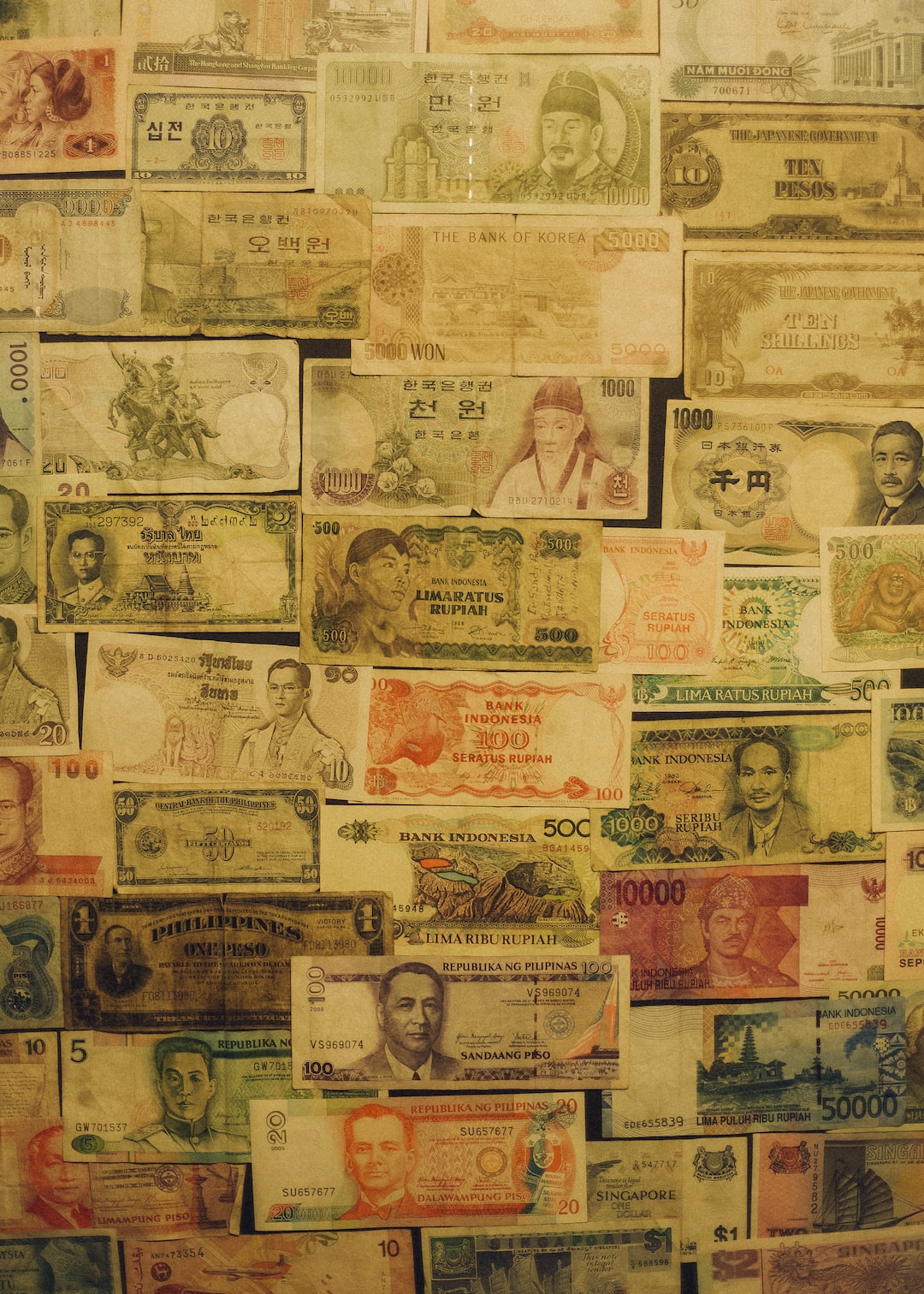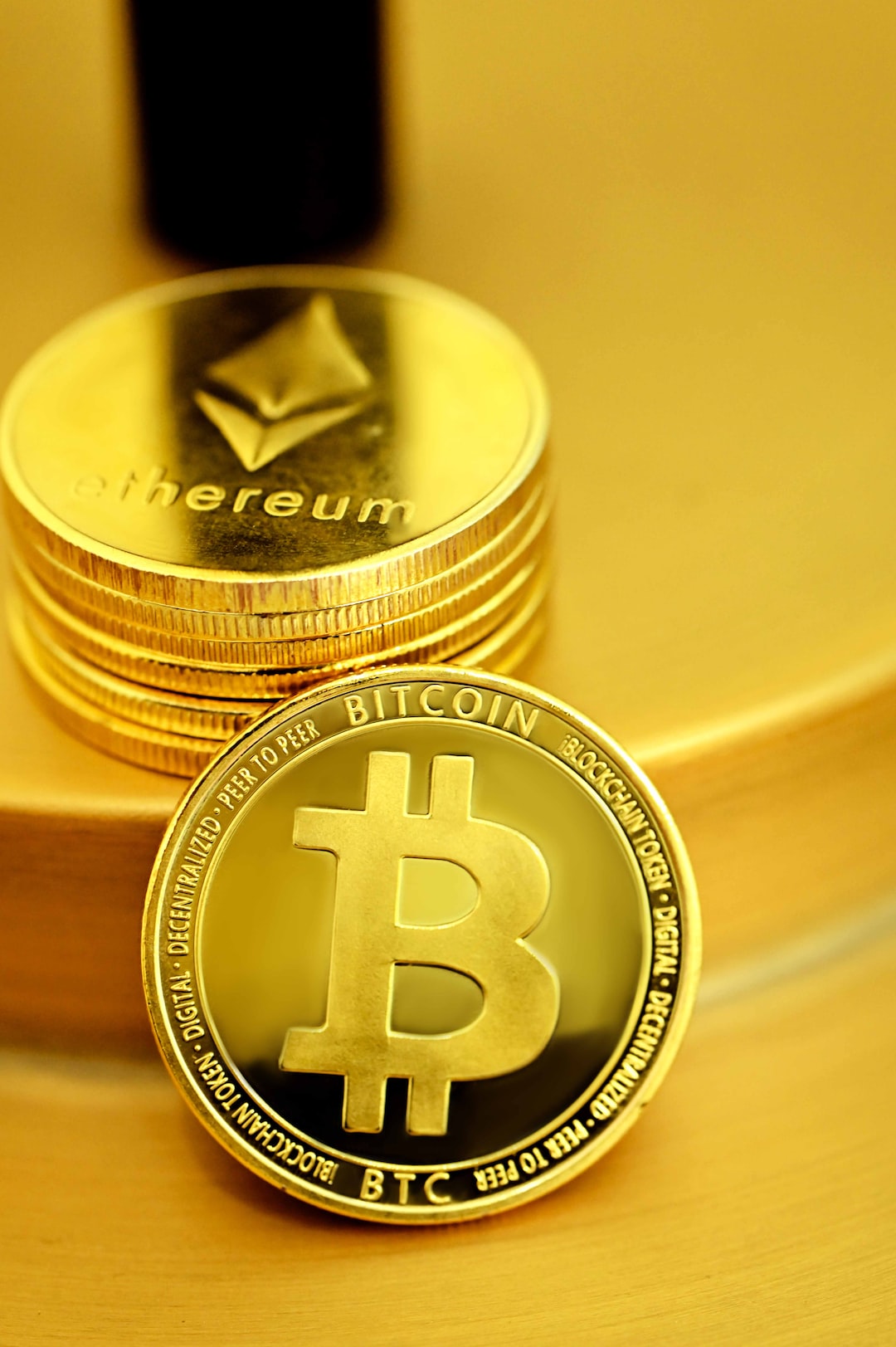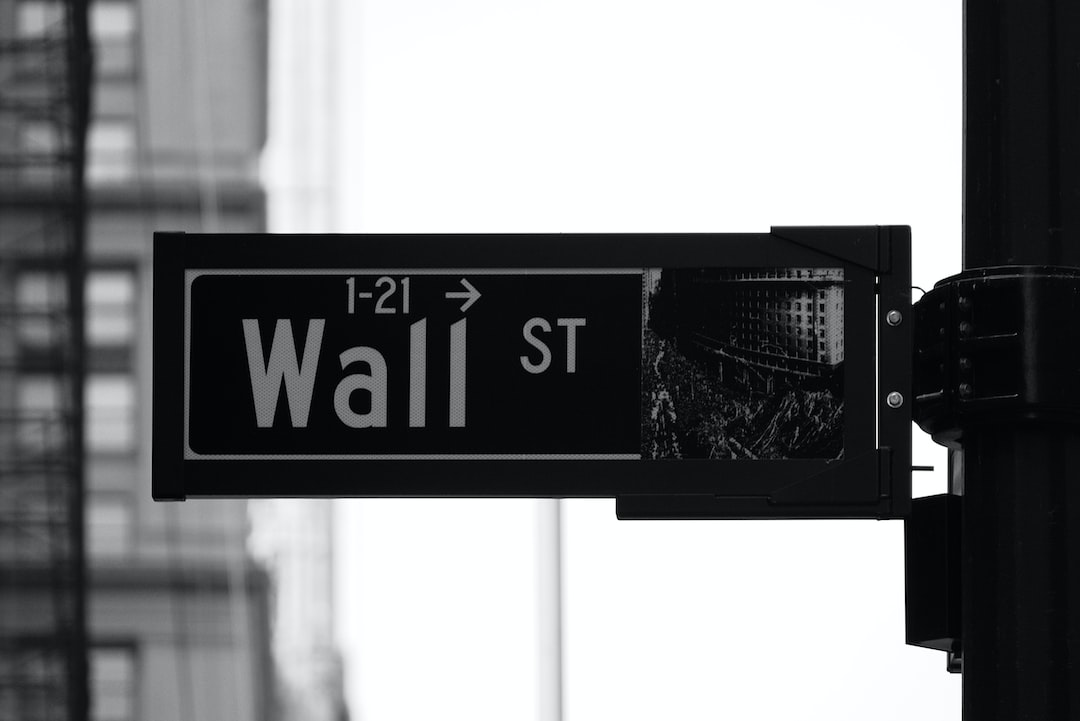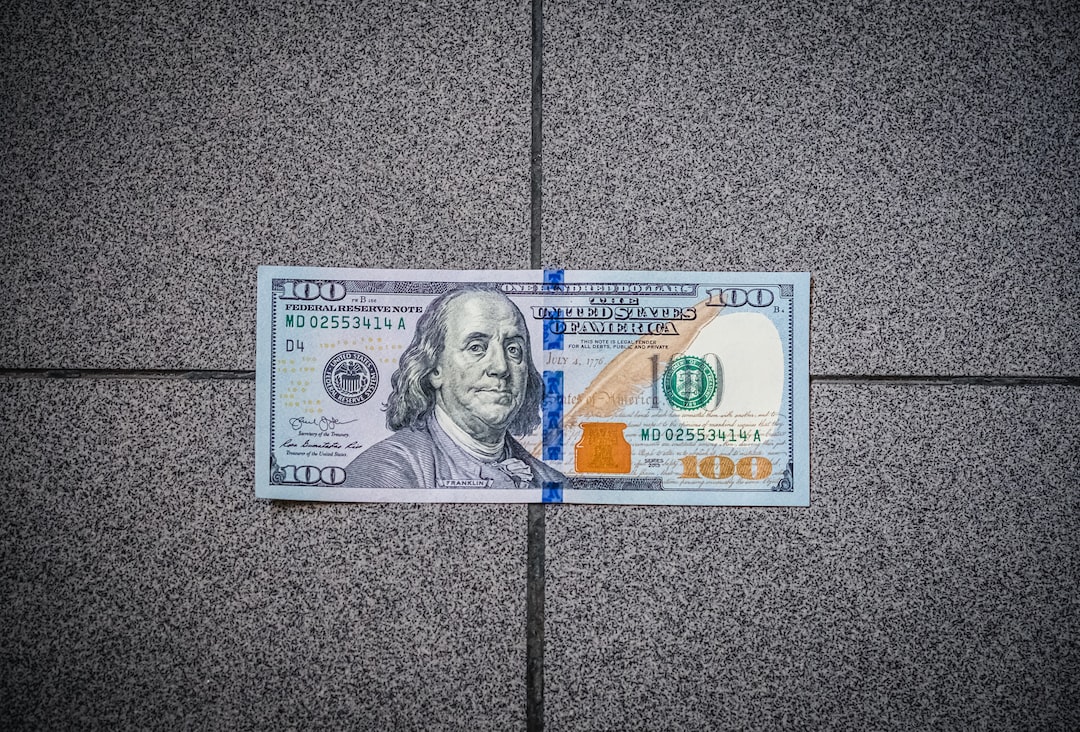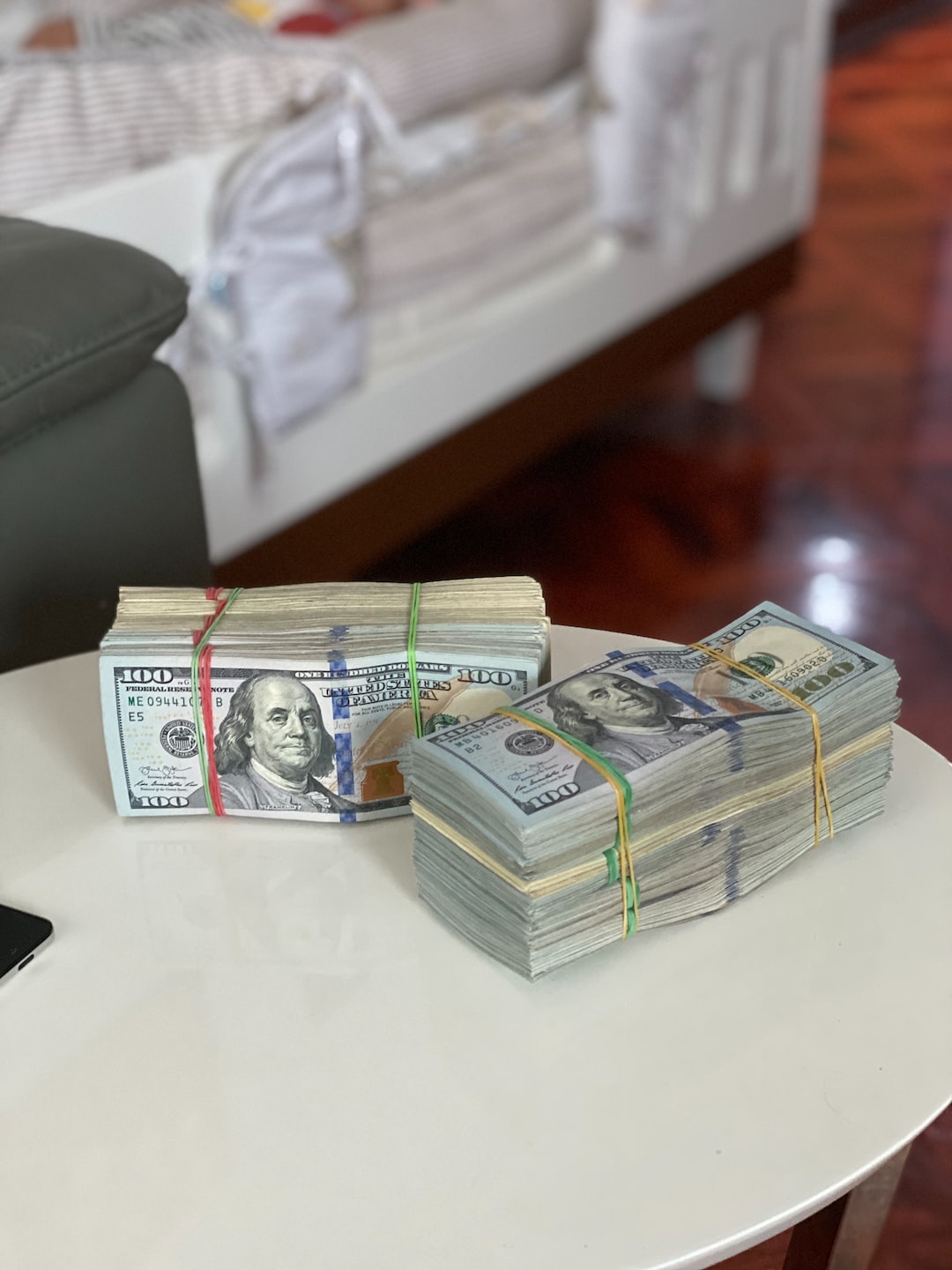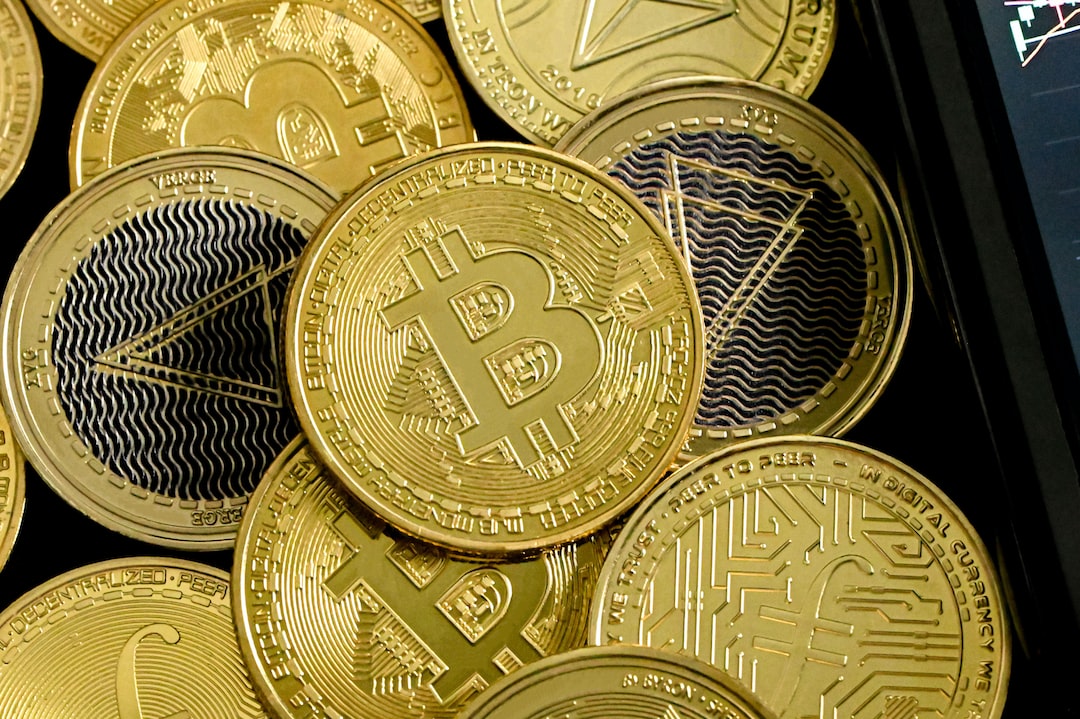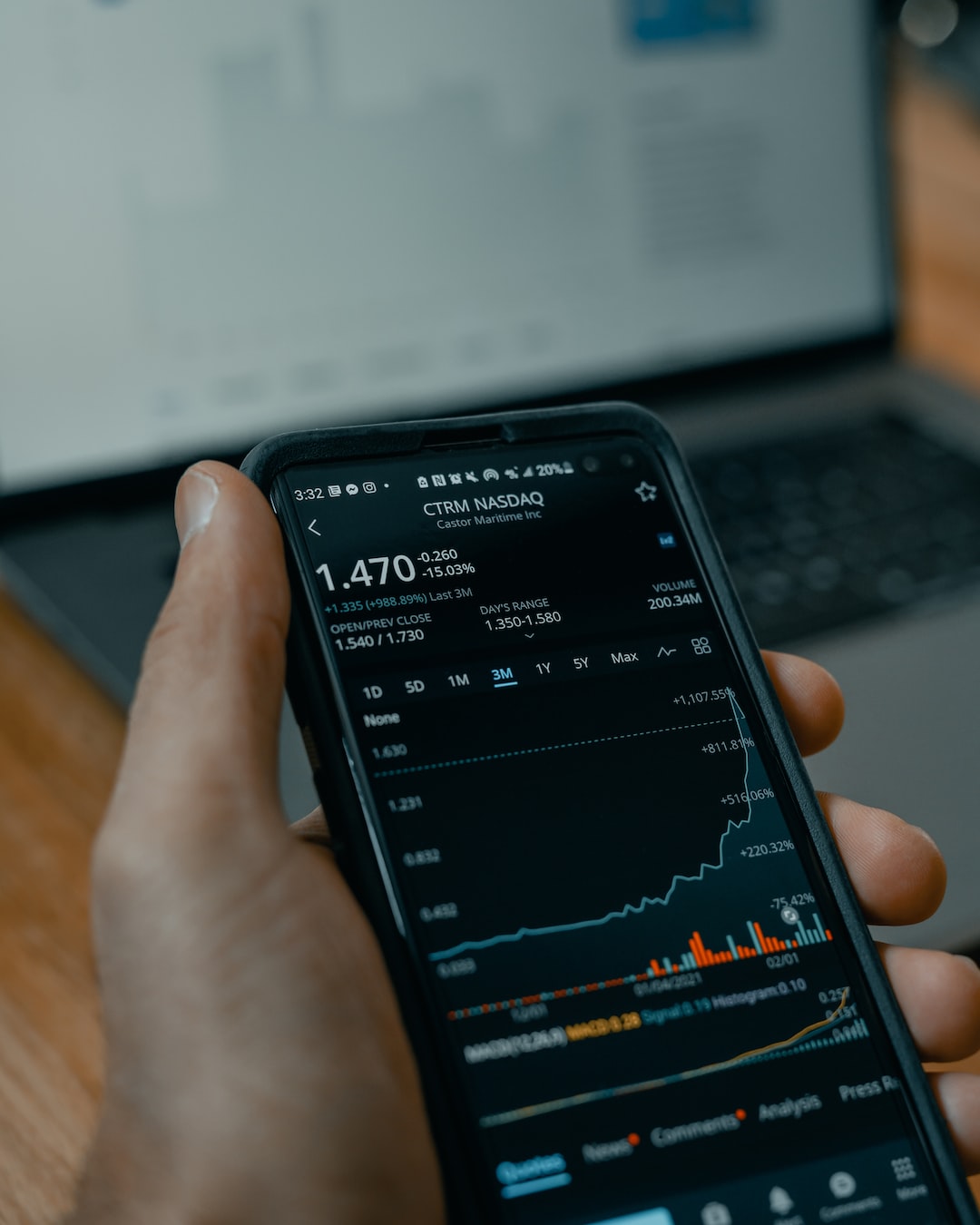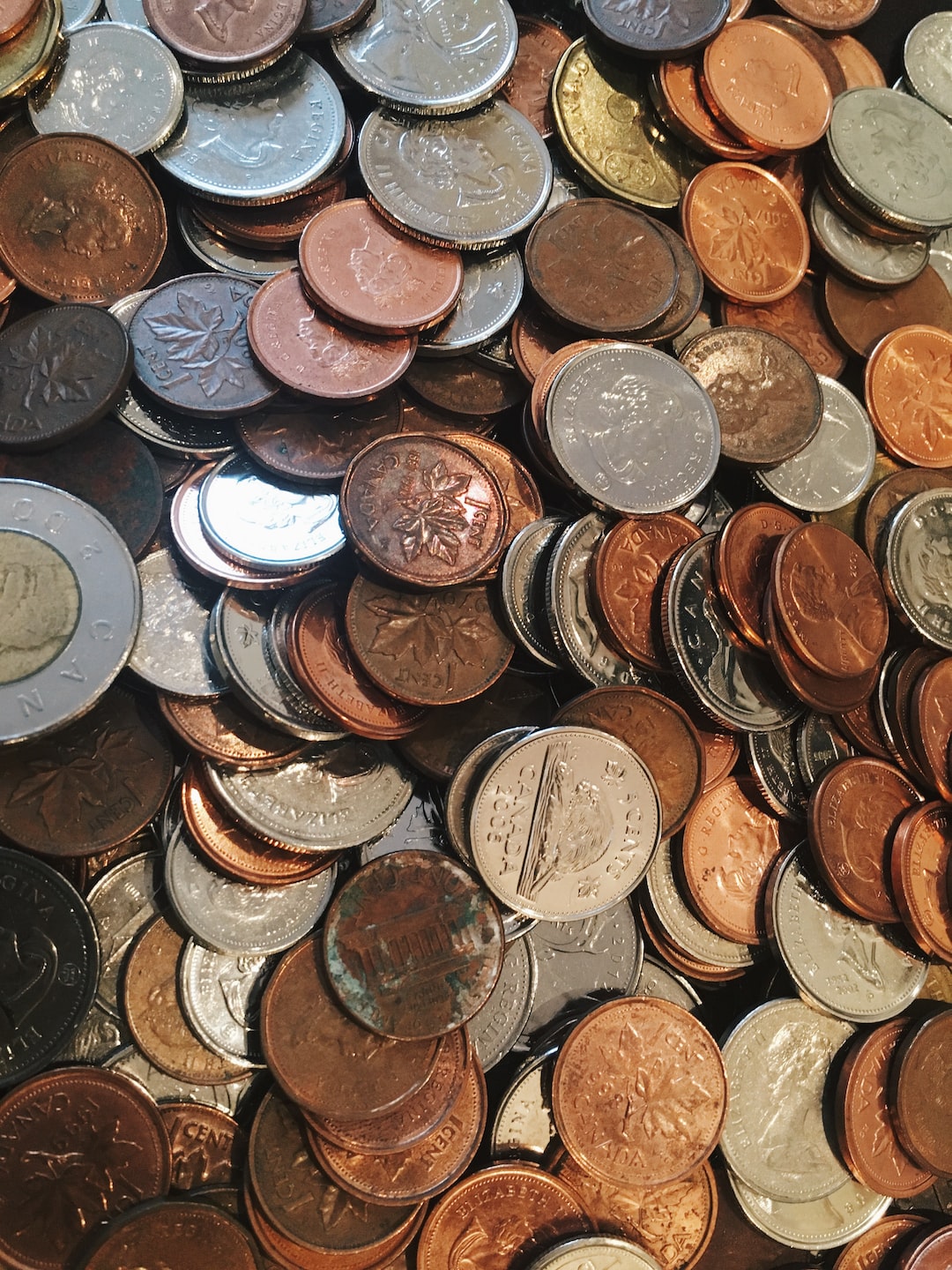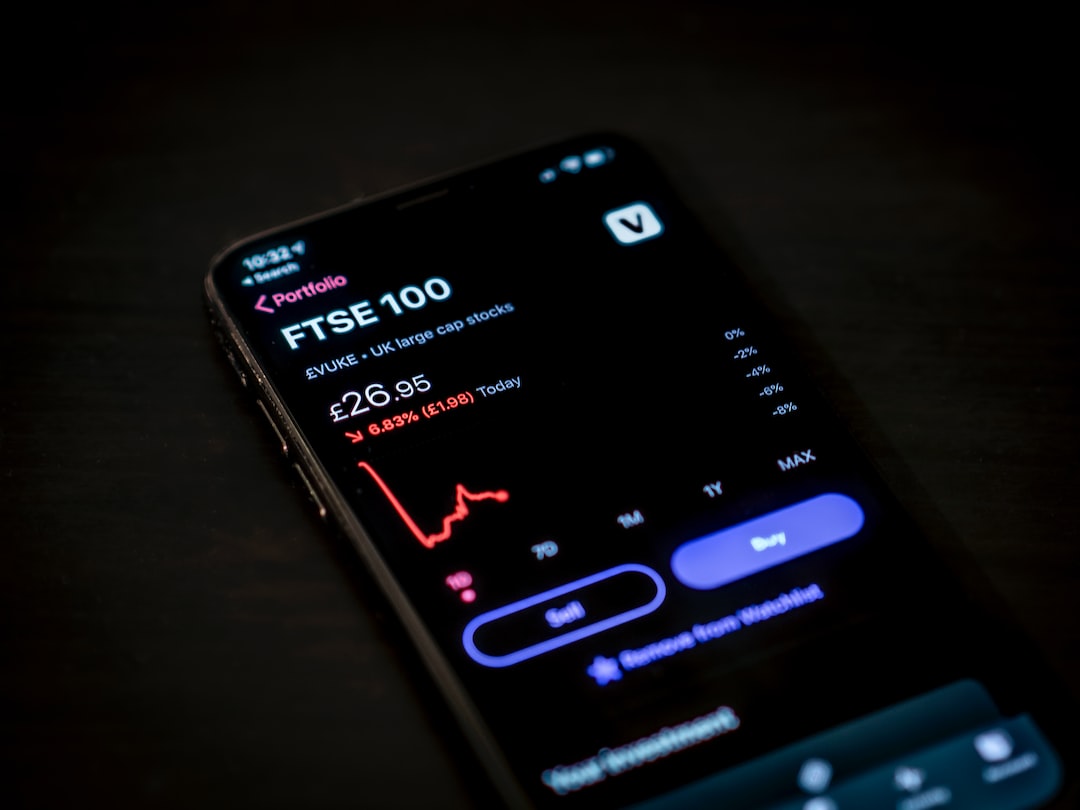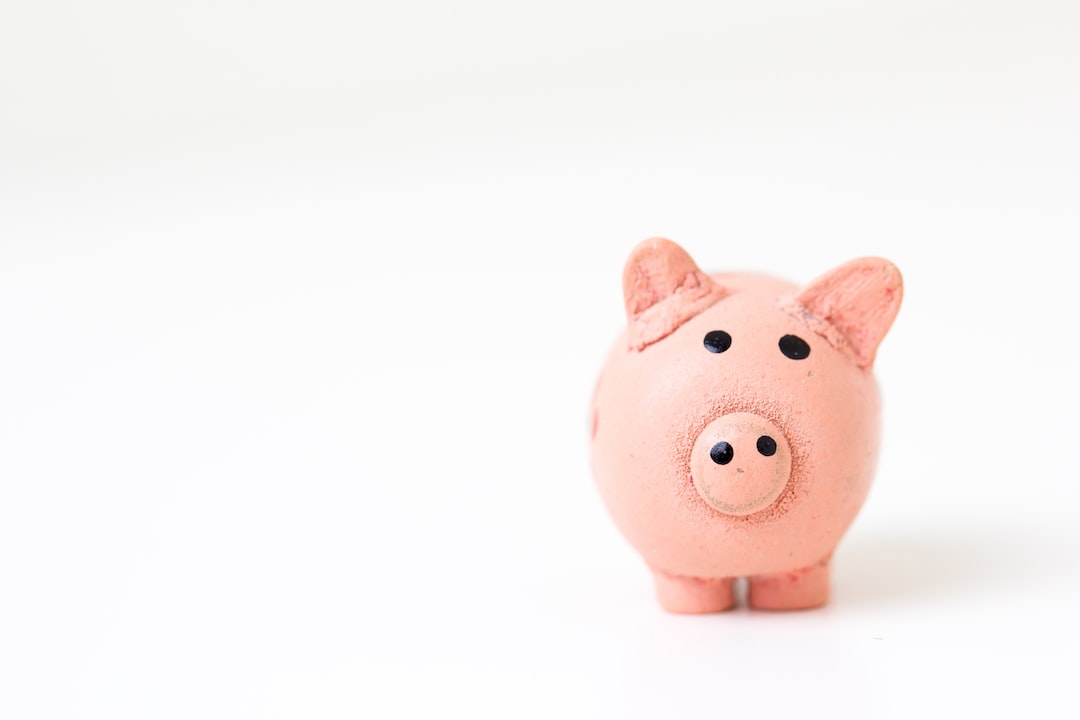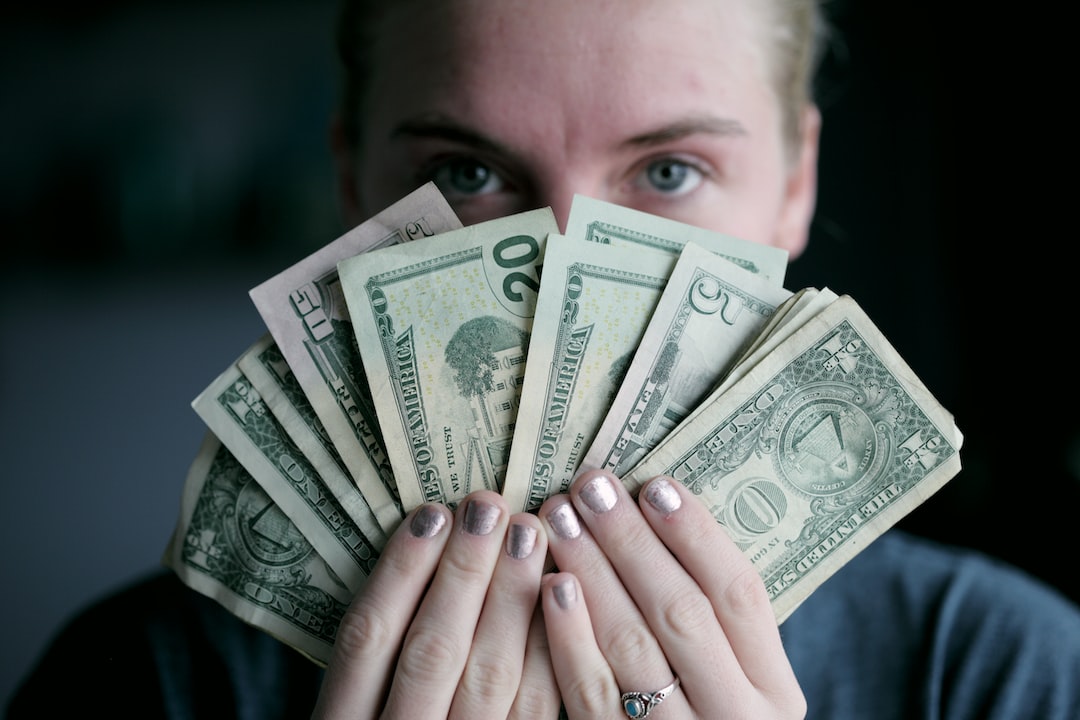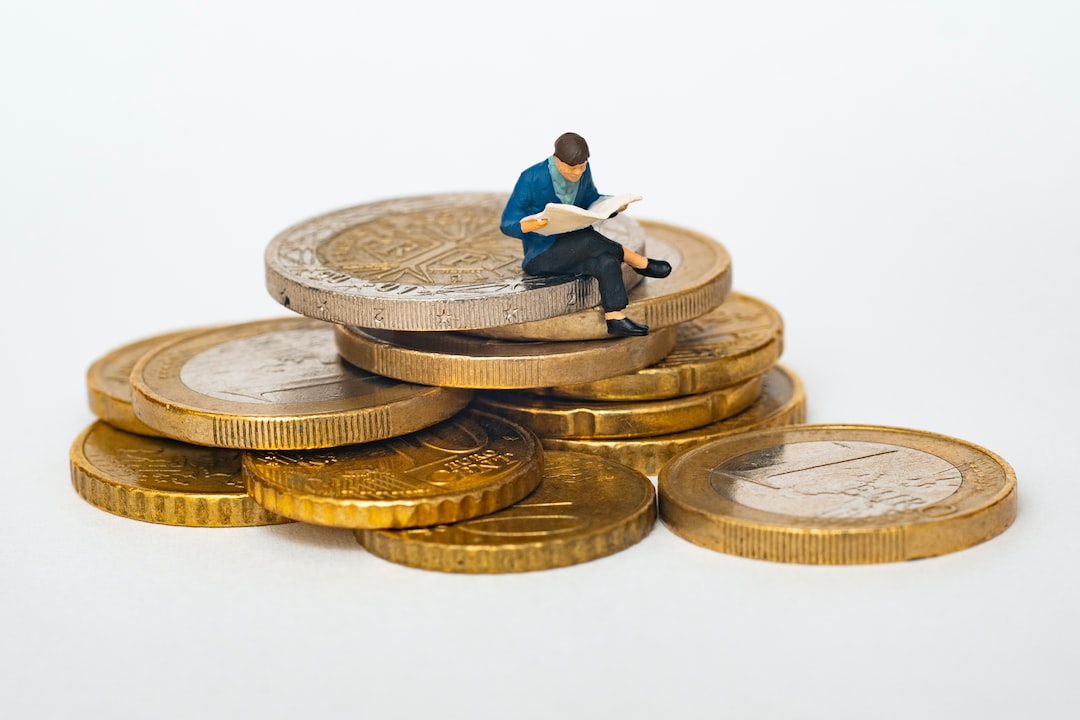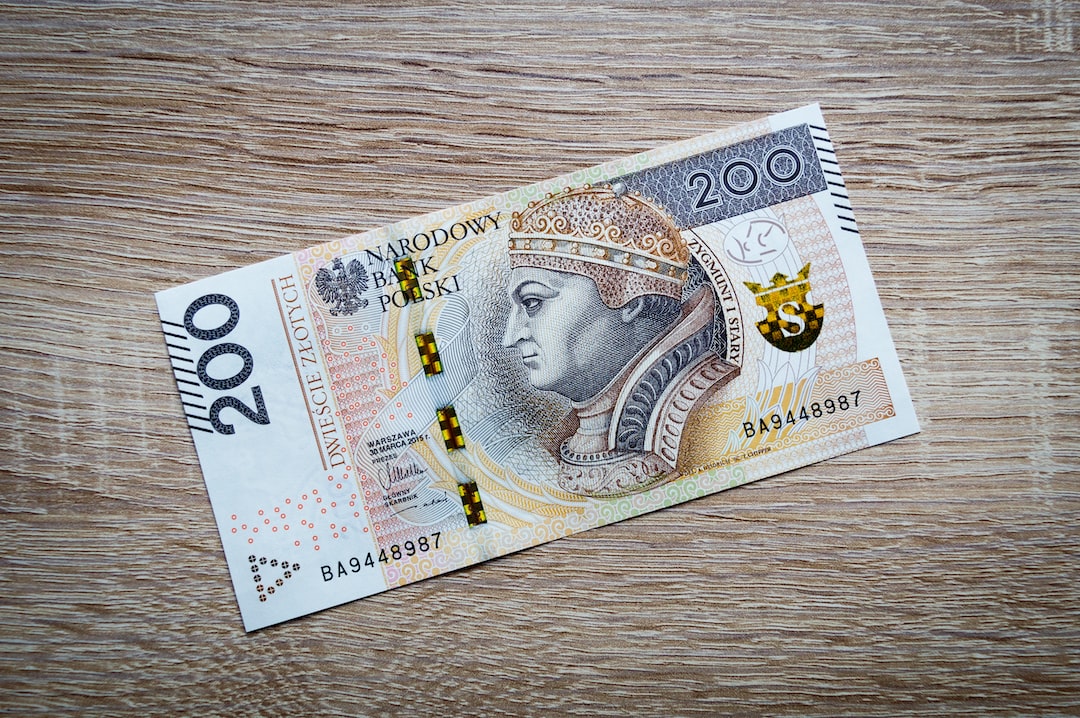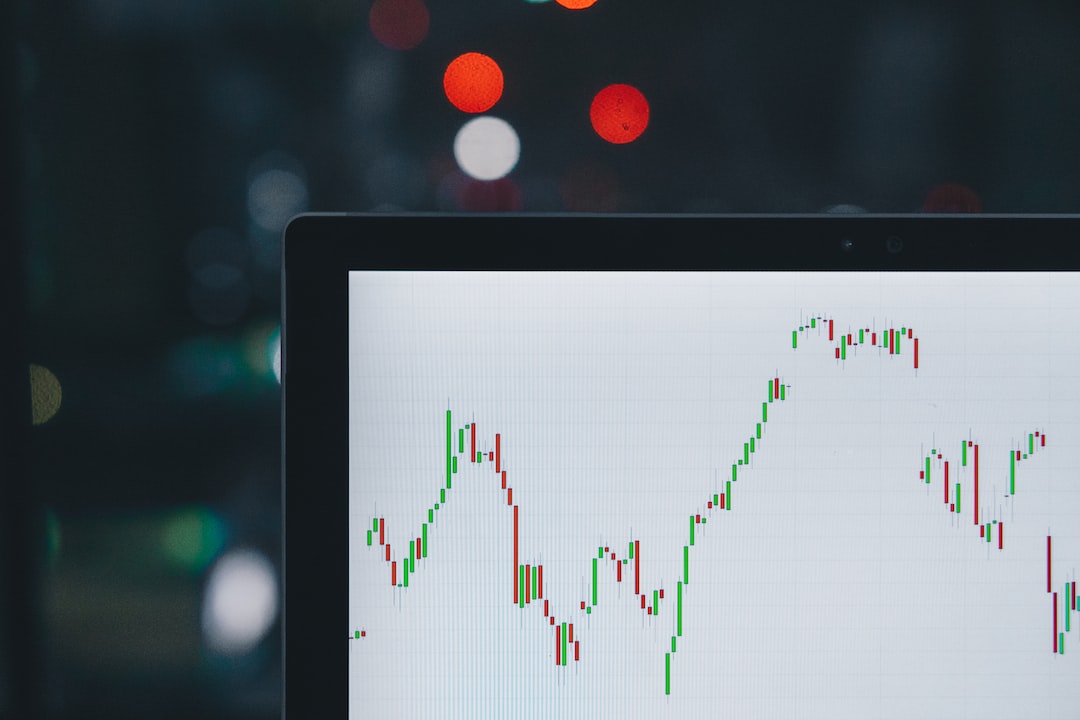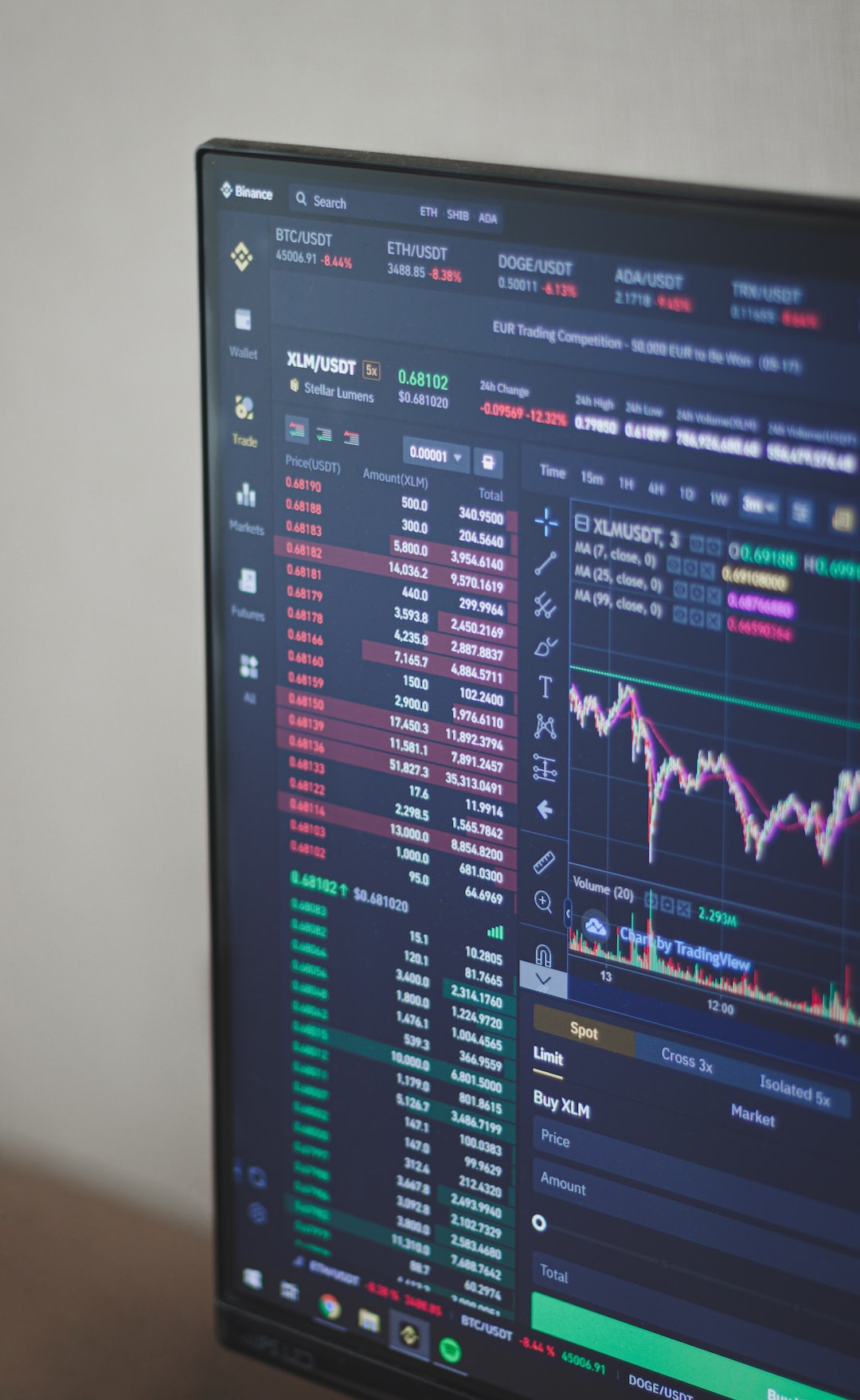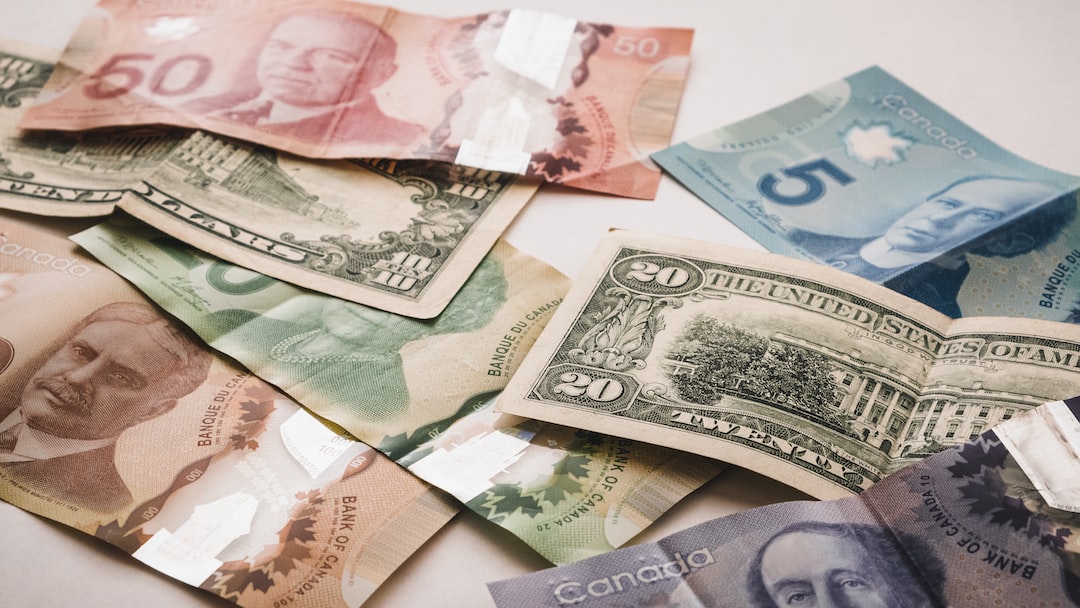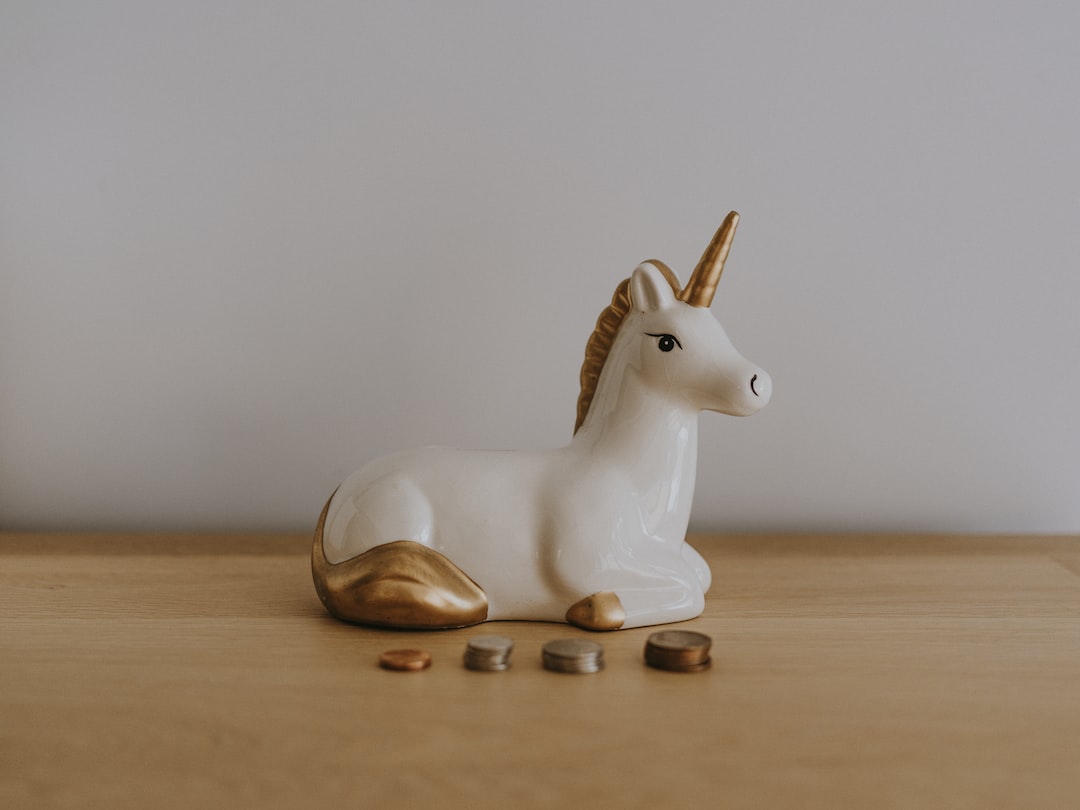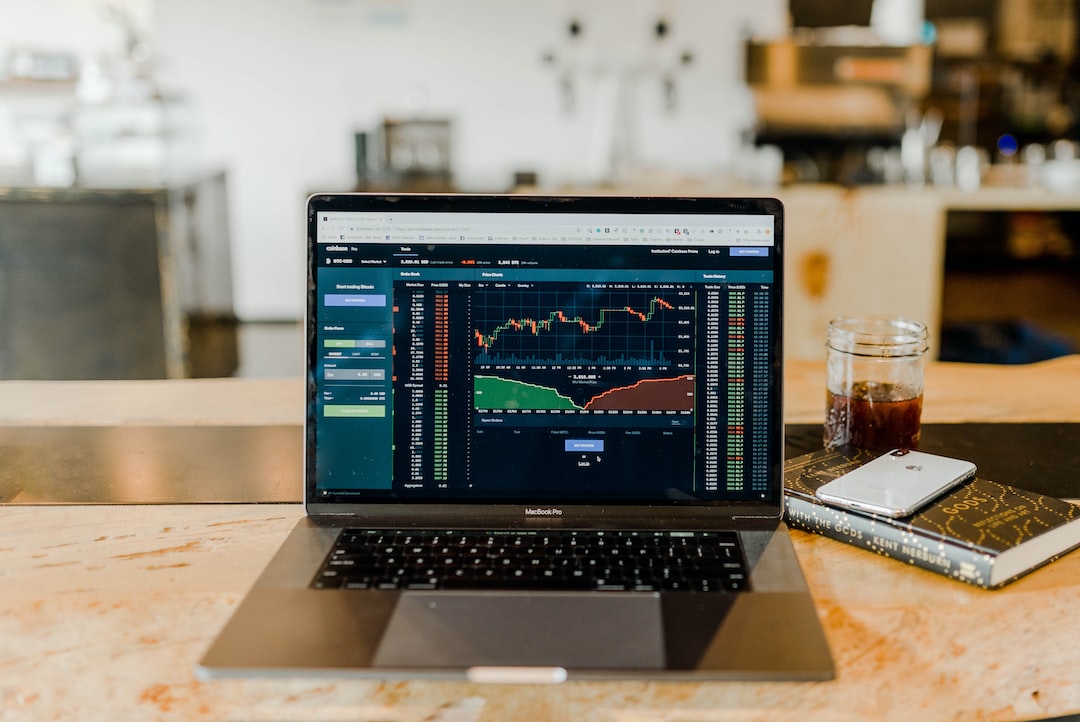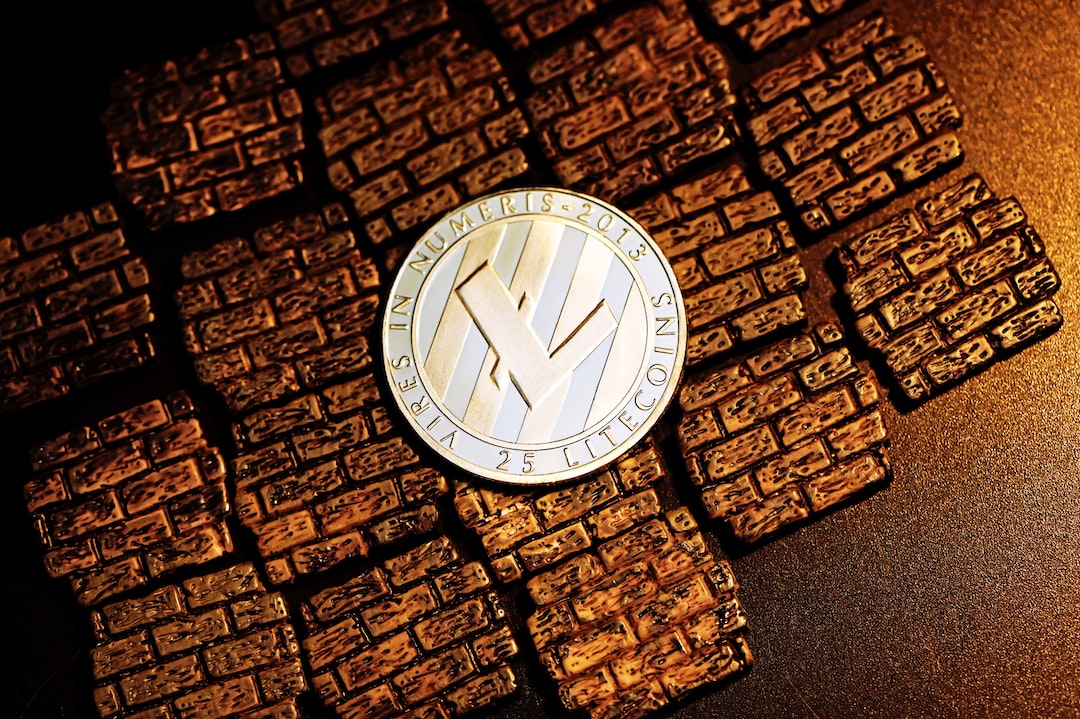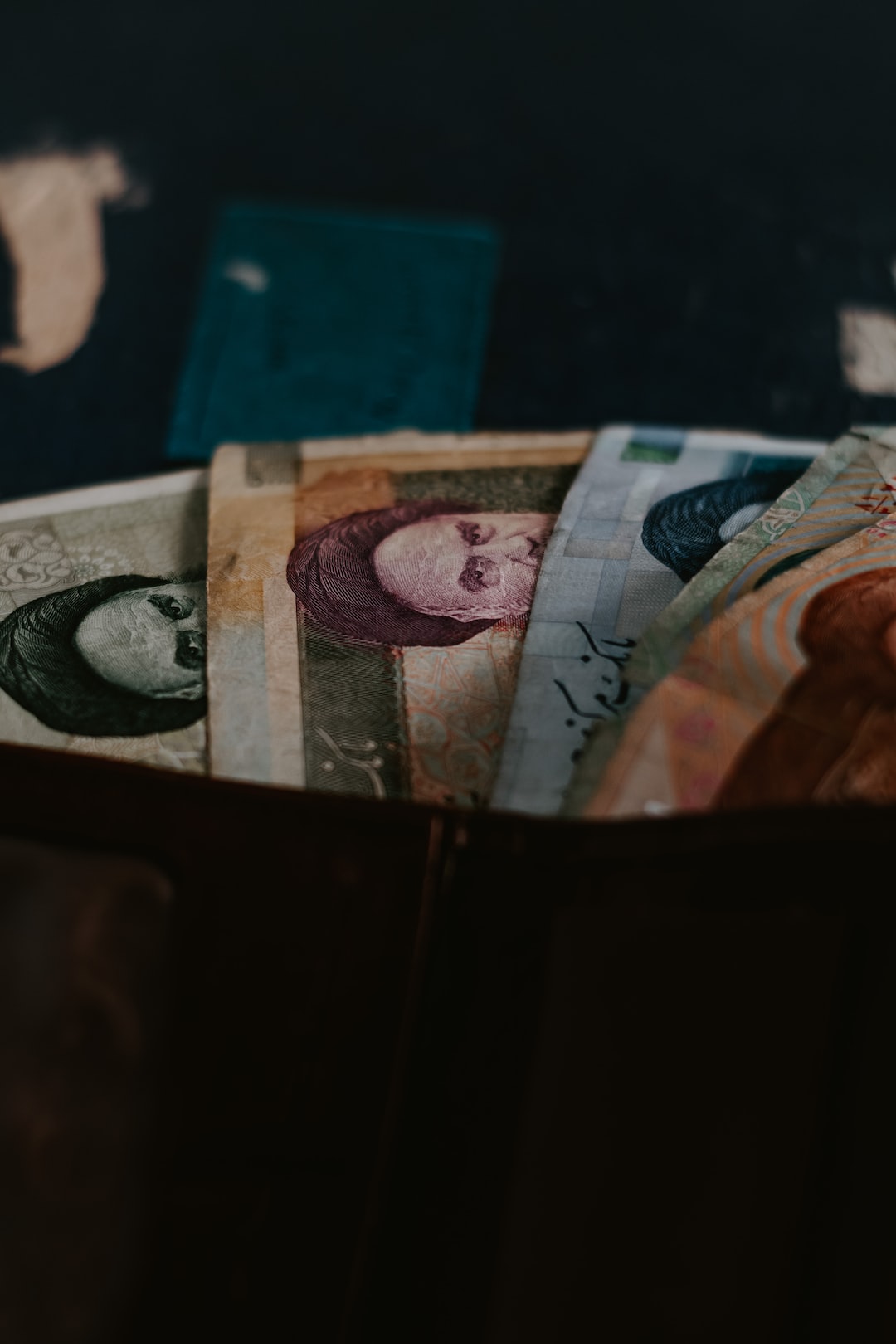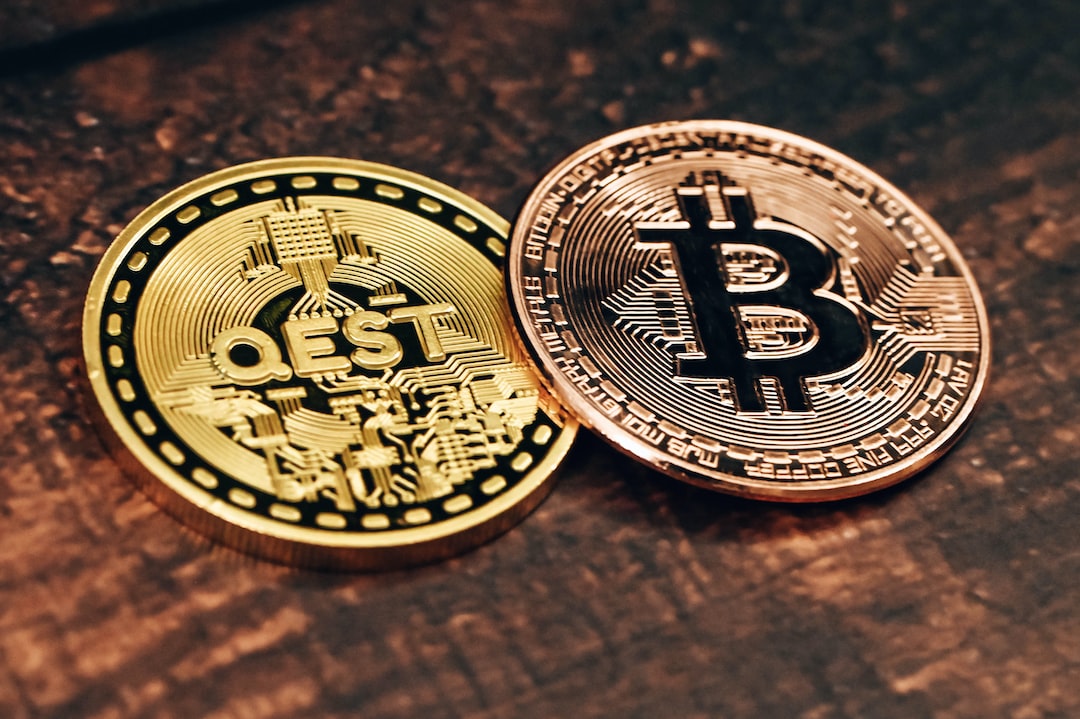SSL Forex, also known as Secure Socket Layer Forex, is a technology used to encrypt and secure data exchanged between a trader and a broker. This is an essential aspect of online trading, as it ensures that sensitive information such as personal and financial details remains safe and secure. Counting SSL Forex refers to the process of verifying the validity of an SSL certificate on a broker’s website. In this article, we will discuss how to count SSL Forex and why it is crucial for traders.
SSL certificates are small data files that bind a cryptographic key with a website’s details. They are used to establish a secure connection between a web server and a browser, ensuring that any data transmitted over the internet is encrypted and protected from unauthorized access. SSL certificates are issued by trusted third-party providers, known as Certificate Authorities (CA), after carrying out a comprehensive verification process. It is important to note that SSL certificates come with an expiration date, and it is the responsibility of the website owner to renew them regularly.
To count SSL Forex, traders need to verify that the broker’s website has a valid SSL certificate. Here are the steps to follow when verifying an SSL certificate:
Step 1: Check for the Padlock Icon
The first step is to look for the padlock icon on the website. The padlock icon is usually located in the address bar, next to the website address. The padlock icon indicates that the website is HTTPS-enabled, which means that it has an SSL certificate installed. A website that does not have a padlock icon is not secure and should be avoided.
Step 2: Check the Certificate Details
Click on the padlock icon to view the SSL certificate details. The details include the website’s domain name, the name of the Certificate Authority that issued the certificate, and the expiration date. Verify that the domain name on the certificate matches the website’s domain name. If the domain names do not match, it could be an indication of a phishing scam.
Step 3: Check the Certificate Authority
Verify that the certificate was issued by a trusted Certificate Authority. There are several trusted Certificate Authorities, including Comodo, DigiCert, and Symantec. If the certificate was issued by an unknown or untrusted Certificate Authority, it could be a sign of a fraudulent website.
Step 4: Check the Expiration Date
Check the expiration date of the certificate to ensure that it has not expired. SSL certificates typically have a validity period of one to three years, after which they must be renewed. If the certificate has expired, it could be an indication of a website that is not secure or has not been maintained properly.
Step 5: Check for Extended Validation (EV) SSL
Extended Validation SSL is a type of SSL certificate that provides the highest level of security. EV SSL certificates require a thorough verification process that includes verifying the company’s identity, physical location, and legal existence. Websites with EV SSL certificates display a green address bar, which is an indication of a highly secure website.
In conclusion, counting SSL Forex is an essential aspect of online trading. Traders should verify that a broker’s website has a valid SSL certificate before sharing any personal or financial details. Following the steps outlined in this article will help traders identify secure websites and avoid fraudulent ones. Remember, SSL certificates are a crucial aspect of online security, and traders should always take the time to verify them before engaging in any online activity.

